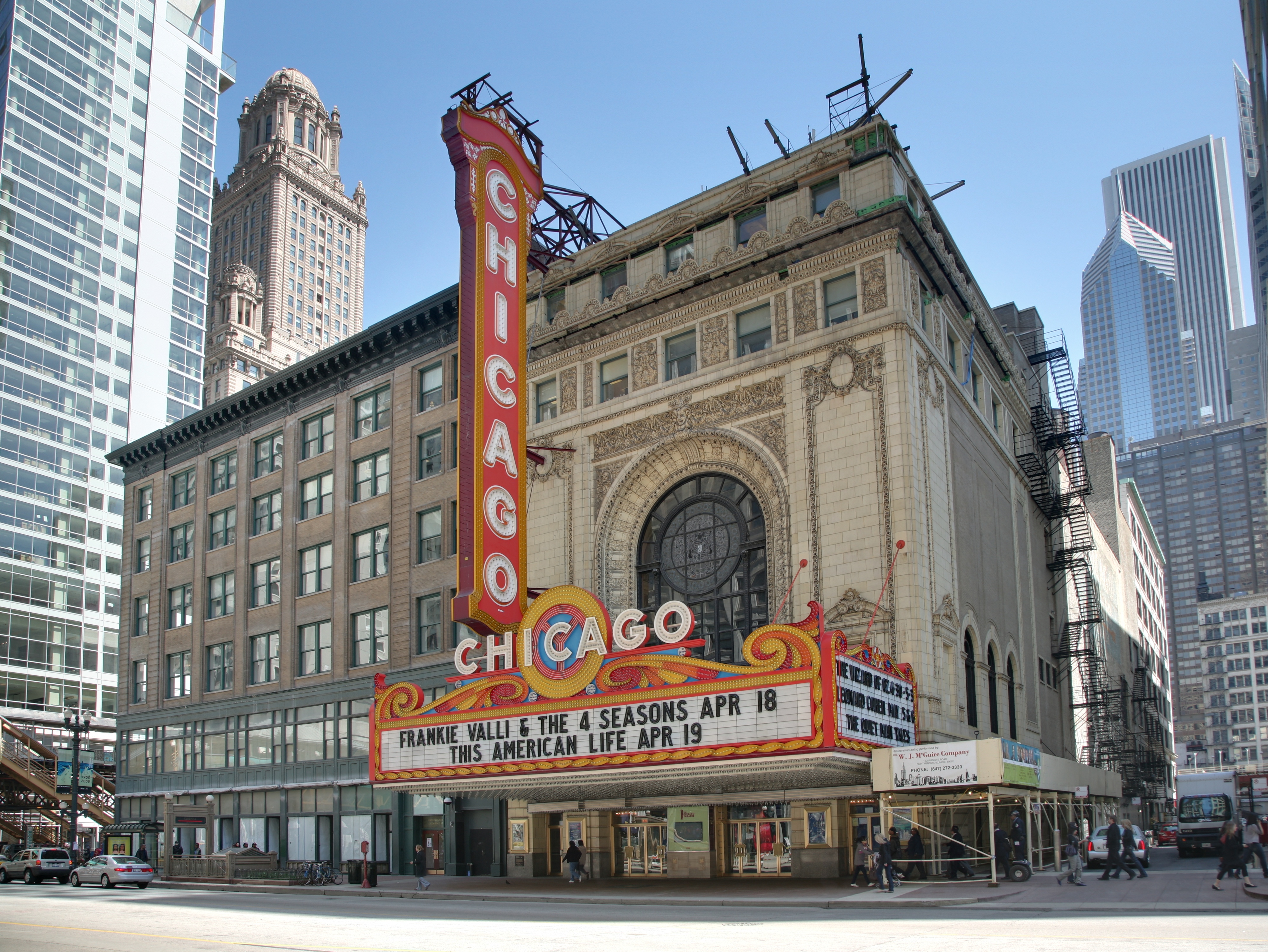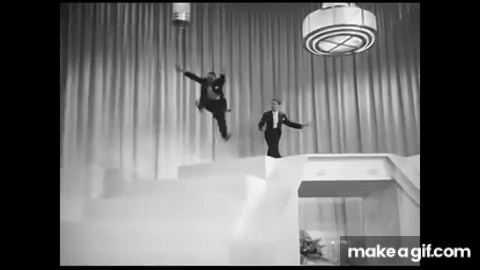 |
| The Duke Ellington Orchestra at the Howard Theatre in Washington D.C. in 1946 (William P. Gottlieb) |
He died in 1974, but Duke Ellington remains a major influence on jazz. For over a half century, his music challenged the boundaries of the music, offering up harmonically sophisticated compositions.
This is exemplified by his theme song, "Take the A Train". The forward-thinking opening of the composition, written by Duke's assistant composer Billy Strayhorn, was written in 1941. But the original theme stated by the saxophonesechoes the harmonically advanced, rhythmically complex bebop songs from a few years later.
The only soloist on this song is trumpeter Ray Nance. The first 24 bars of Nance's solo also look forward to the upcoming be-bop revolution in jazz. It is also one of the most memorable solos in jazz -- so memorable that many consider the improvisation to be a written part of this classic composition.
Two years later, Ellington debuted his ground-breaking composition "Black, Brown and Beige" at Carnegie Hall in New York City. This 43-minute composition was the first jazz-based composition to be featured as a long-form piece in the classical tradition. Although it was criticized at the time for being too ambitious, it is now recognized as one of the premiere works of jazz composition in the 20th century. The first movement, titled "Black", is daring for its time, with tom-toms backing the brass and saxophones.
One of his best-known compositions was "In a Sentimental Mood", which Ellington wrote in 1935. This version includes a romantic violin intro, impeccably done by his multi-faceted trumpeter and vocalist, Chicago's own Ray Nance. Ellington was also adept at arranging other composers music, including a jazz verson of the "Nutcracker Suite" which he released in 1963. Nance was also featured on violin and vocals in 1943, introducing one of Ellington's timeless classics, "It Don't Mean a Thing".

















